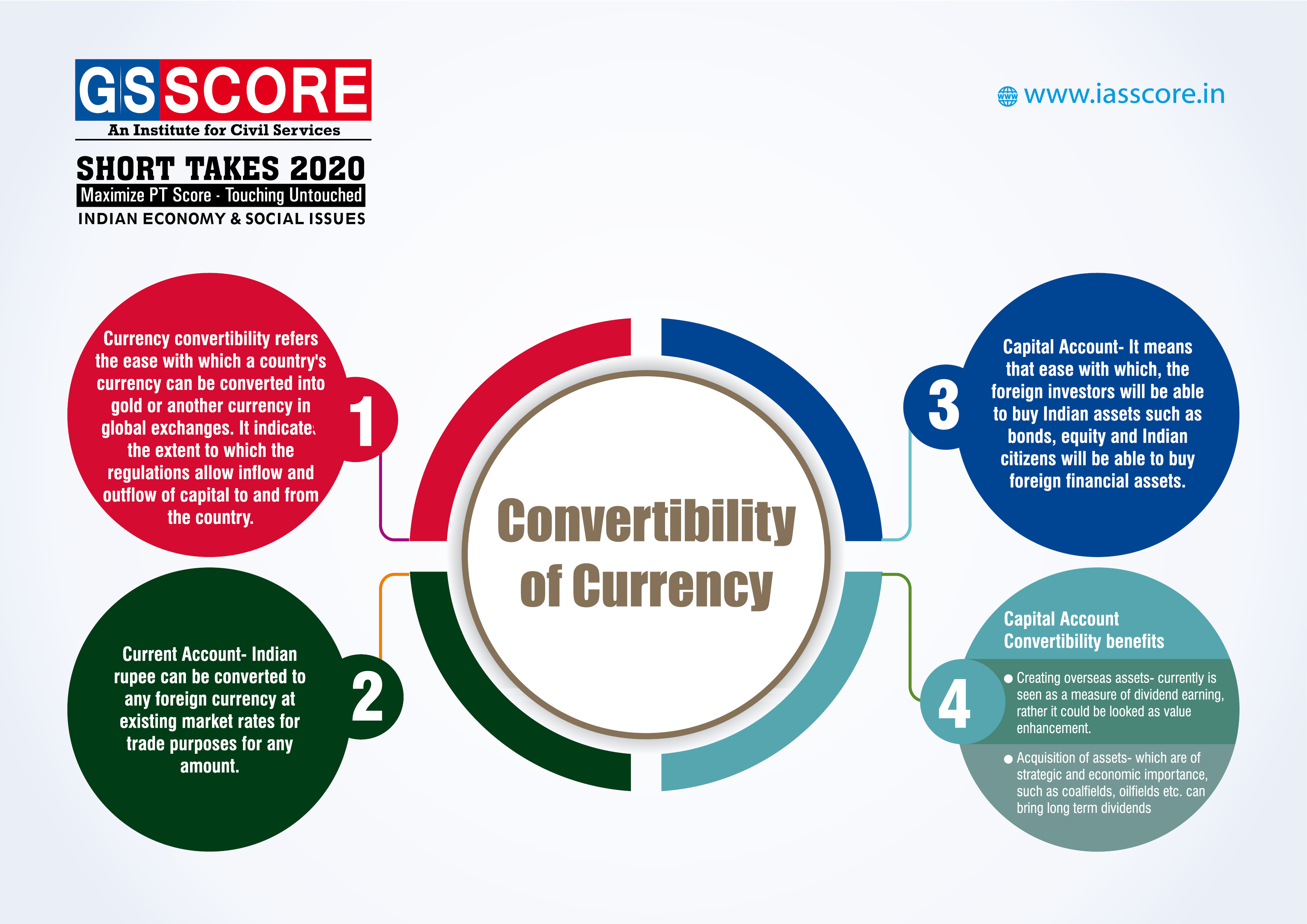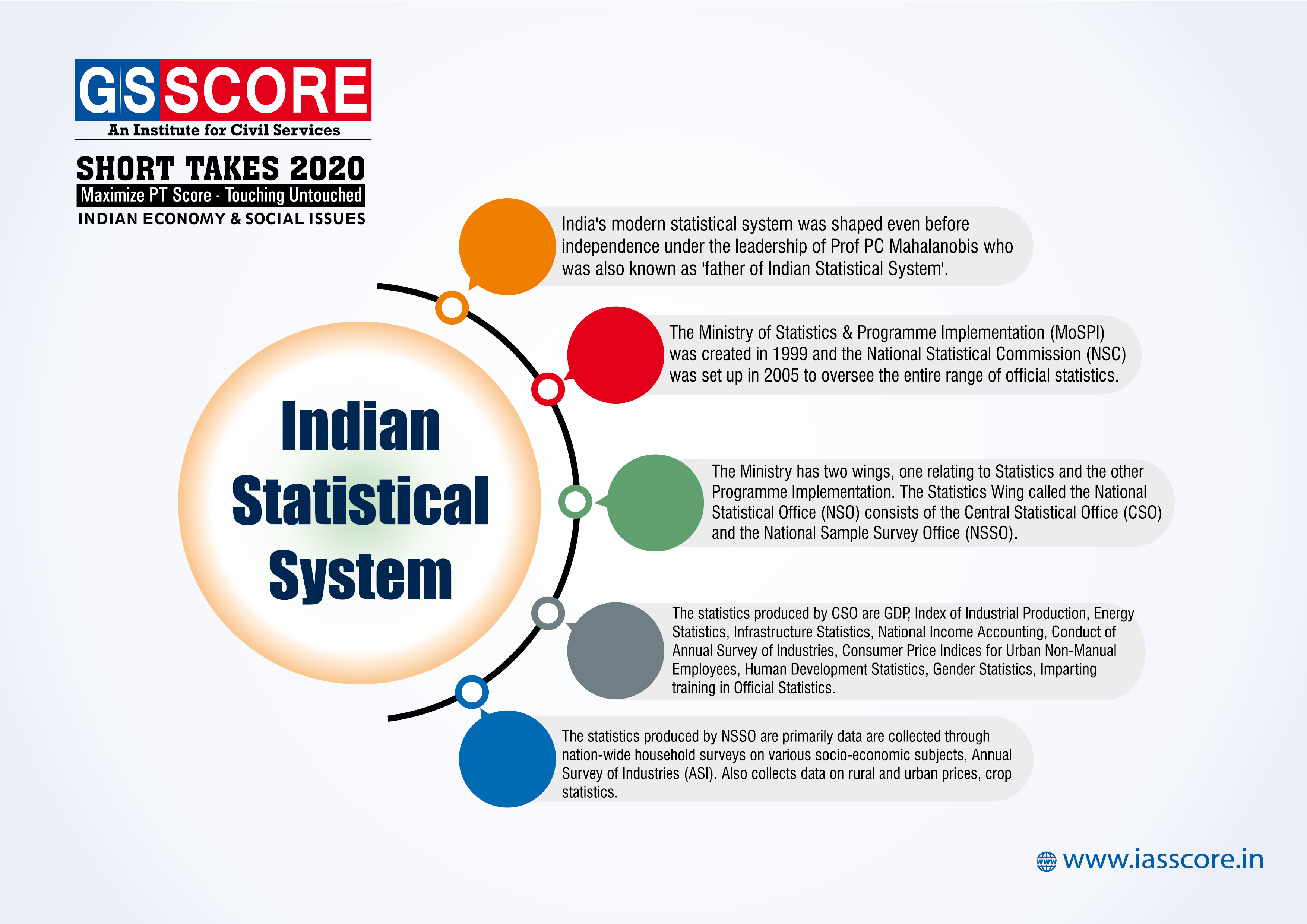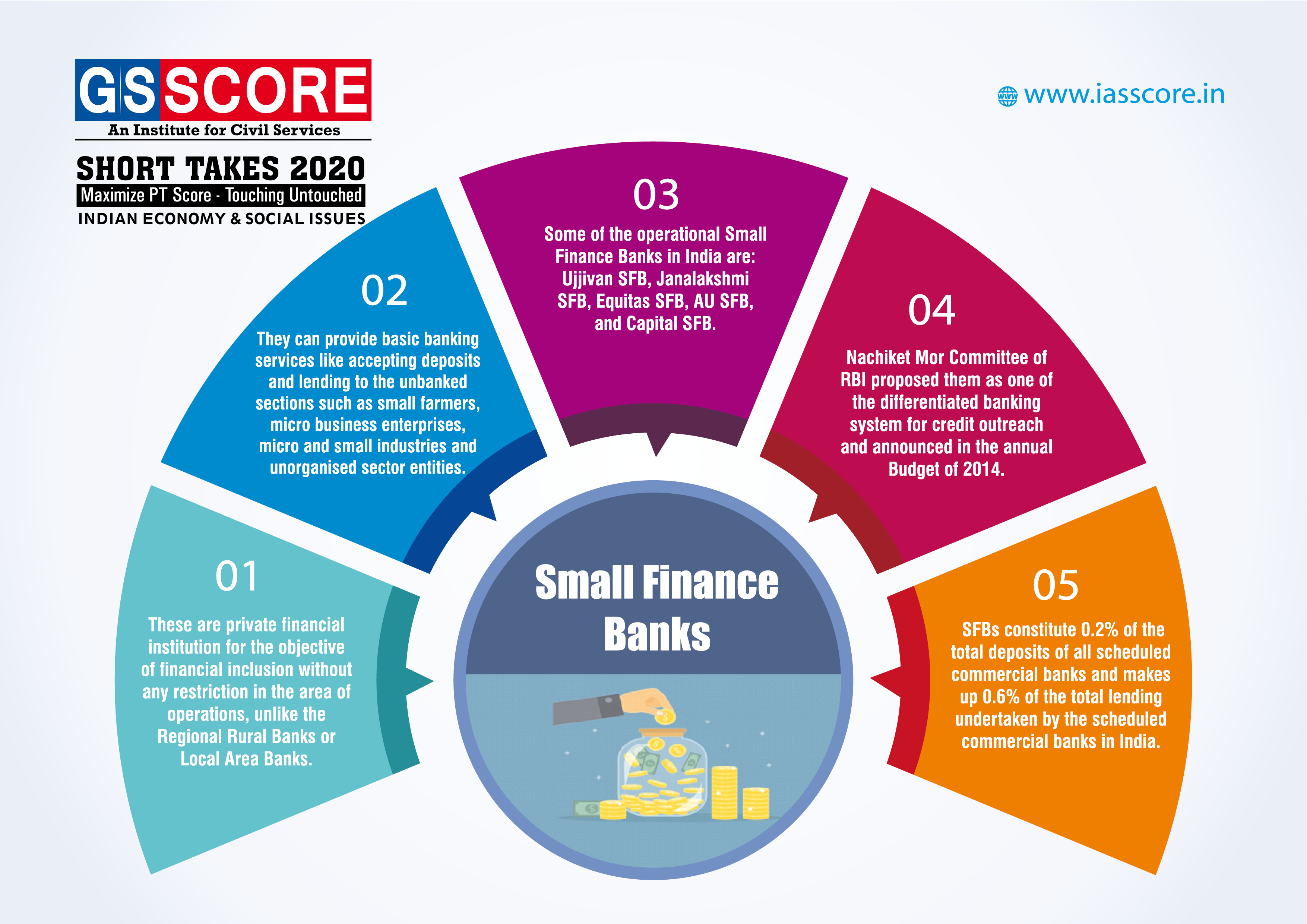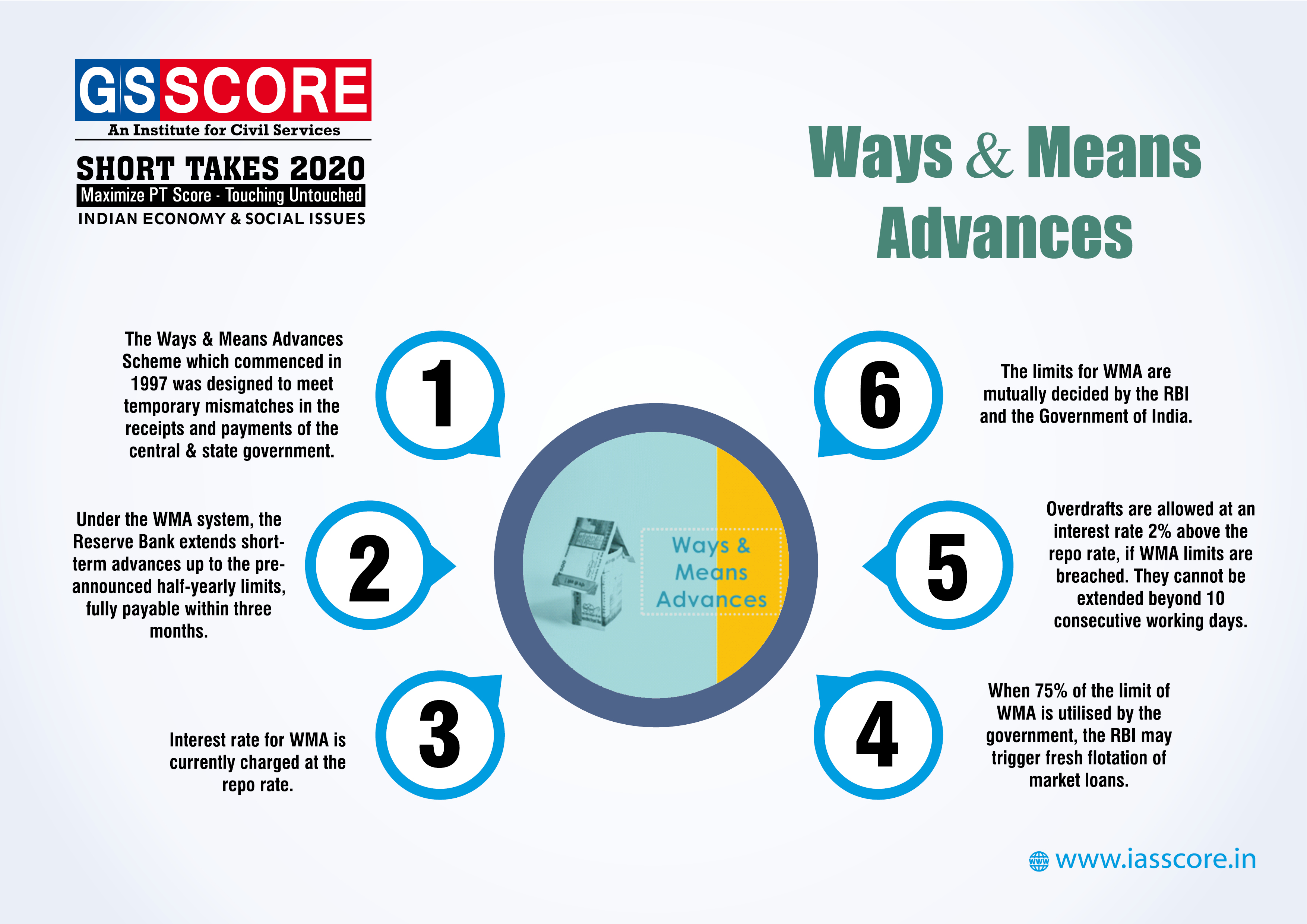Polity: Union Executive
SEMI-PRESIDENTIAL SYSTEM
Context
Political crisis in Sri Lanka and all about Semi-presidential system
About
- A semi-presidential system is republican system of governance that combines elements of presidential democracy with parliamentary democracy.
- Typically, the head of state is the president, directly elected by the people with a large degree of power over the government, whilst the head of government is the prime minister nominated by the president but who can be dismissed by the legislature.
- An agreement is reached over which of the two heads (state and government) will have the lead in policy areas.
- For example, in France, a well-known example of semi presidential democracy, the president leads foreign policy and the prime minister leads domestic policy.
- Semi-presidential systems may sometimes experience periods in which the president and the prime minister are from differing political parties. This is called "cohabitation", a term which originated in France.
- Cohabitation can create an effective system of checks and balances or a period of bitter and tense stonewalling, depending on the attitudes of the two leaders, the ideologies of themselves or their parties, or the demands of their constituencies.
Advantages
- Providing cover for the president, it can shield the president from criticism and the unpopular policies can be blamed on the prime minister as the latter runs the day-to-day operations of the government and carrying out the national policy set forth by the president, who is the head of state that is focusing on being the national leader of a state and in arbitrating the efficiency of government authorities, etc.
- Ability to remove an unpopular prime minister and maintain stability from the president's fixed term the parliament has power to remove an unpopular prime minister.
- Additional checks and balances, while the president can dismiss the prime minister in many semi-presidential systems, in most of the semi-presidential systems important segments of bureaucracy are taken away from the president.
Disadvantages
- Confusion about accountability, parliamentary systems give voters a relatively clear sense of who is responsible for policy successes and failures; presidential systems make this more difficult, particularly when there is divided government. Semi-presidential systems add another layer of complexity for voters;
- Confusion and inefficiency in legislative process, the capacity of votes of confidence makes the prime minister responsible to the parliament.
E-GOVERNANCE INITIATIVES FOR ST WELFARE SCHEMES
Context
- Tribal affairs ministry launches e-governance website DBT Tribal to track and fulfill welfare schemes.
About
- Ministry of Tribal Affairs has developed online portals namely DBT Tribal and NGO Grants Online Application & Tracking System for bringing in e-Governance in implementation of welfare schemes for Scheduled Tribes (STs) with greater efficiency and transparency.
DBT Tribal portal
- There are 3 main modules for Pre-Matric and Post-Matric Scholarship. Data sharing module is mainly meant for sharing beneficiary-data by States.
- In Communication module, the States have facility to upload documents, raise query and DBT data uploaded by States is used for faster release of funds. Monitoring module has facility of MIS reports & Dashboards.
- Ministry has further developed module for verification of students by Universities and Colleges under Fellowship scheme and Grievance Module for all stake holders including beneficiary students in 3 Central Sector schemes and Institutions.
NGO portal
- It has been developed for implementing scheme of Aid to Voluntary Organizations working for the welfare of STs, has been fully revamped & redesigned with simplified Application form, Inspection Report and Fund Processing module.
- The system has been automated and the NGOs simply need to follow specified steps to access grants.
- Other features include online grievance redressal, and it is integrated with NFS (National Fellowship), NOS (National Overseas Scholarship) and NSP (National Scholarship Portal).
Why were these initiatives launched?
- The Ministry of Tribal Affairs has been facing multiple challenges in its functioning. There is no established mechanism for collecting data from the States or collating it.
- By this initiative, states would provide data in different formats and different mechanisms ranging from printouts to various digital formats, making collation cumbersome and prone to errors and even manipulation.
- This order has helped tribal students to get their own bank accounts. DBT Tribal is expected to address these anomalies.
- The portal is also expected to help States share beneficiary data with the tribal affairs ministry through web services. It will send SMS/email notifications to institutions and States as well as the beneficiaries. The portal also has a provision for the states and the nodal department to upload utilization certificates (of subsidies and other grants) and issue sanctioning orders.
THE MAINTENANCE AND WELFARE OF PARENTS AND SENIOR CITIZENS (AMENDMENT) BILL, 2019
Context
- The Union Cabinet has approved The Maintenance and Welfare of Parents and Senior Citizens (Amendment) Bill, 2019.
About
- It seeks to amend The Maintenance and Welfare of Parents and Senior Citizens Bill, 2007.
- The proposed ‘Maintenance and Welfare of Parents and Senior Citizens Amendment Bill’ has the following major salient features:
- Definition of "children" and ‘parents’ has been expanded.
- Definition of ‘maintenance’ and ‘welfare’ has been expanded.
- Mode of submission of application for maintenance has been enlarged.
- Ceiling of Rs.10, 000/- as maintenance amount has been removed.
- Preference to dispose of applications of senior citizens, above eighty years of age, early has been included.
- Registration of Senior Citizens Care Homes/Homecare Service Agencies etc. have been included.
- A minimum standard for senior citizen care homes has been included in the Bill.
- Appointment of Nodal Police Officers for Senior Citizens in every Police Station and District level Special Police Unit for Senior Citizens has been included.
- Maintenance of Helpline for senior citizens has been included.
PRESIDENT
Articles 52 to 78 in Part V of the Constitution deal with the Union executive.
- The Union executive consists of the President, the Vice-President, the Prime Minister, the council of ministers and the attorney general of India.
- He is the first citizen of India and acts as the symbol of unity, integrity and solidarity of the nation.
- The President is elected not directly by the people but by members of electoral college consisting of:
- The elected members of both the Houses of Parliament
- The elected members of the Legislative assemblies of the states; and
- The elected members of the Legislative assemblies of the National Capital Territory of Delhi and of the Union Territory of Puducherry.
QUALIFICATIONS
- He is a citizen of India.
- He is over 35 years of age.
- He is otherwise qualified for election as a member of the Lok Sabha.
- He must not hold any office of profit under the Government of India or any State or any other authority subject to the control of any of these governments.
- However, the offices of the President or the Vice-President or the Governor of a State or a Minister for the union or for any state would not be deemed to be holding an office of profit.
ELECTION
- 54 provides for indirect election of the President through an Electoral College consisting of:
- The elected member of the Lok Sabha and the Rajya Sabha
- The elected members of the legislative assembly of the States.
- The members of the legislative assembly of the National Capital Territory of Delhi and of the Union Territory of Puducherry.
Manner of election
- The election of the President is held in accordance with the system of Proportional Representation by means of the single transferable vote.
- The voting is done by secret ballot.
Impeachment of the President
- Article 61 - lays down the procedure for the impeachment of the President.
- The procedure is a quasi-judicial procedure.
- The only ground for impeachment is violation of the Constitution.
- The charge against the President may be initiated in any house of the Parliament. The charge must be in the form of a proposal contained in a resolution.
- The notice for moving the resolution must be signed by not less than one fourth of the total number of members of the House.
- Advance notice of 14 days is required.
- The resolution must be passed by a majority of not less than two third of the total membership of the House.
- After the change is so preferred it is investigated by the House. The President has the right to appear and be represented in such investigations.
- If after investigation the House passes the resolution by 2/3 majority of the house and if the other House also passes this resolution by the same majority, the effect of the resolution would be that the President shall be removed from his office the date on which the resolution is passed.
POWERS OF THE PRESIDENT
A. Executive powers
- The executive power of the Union is vested in the President. The executive power does not only mean the execution of laws passed by the legislative but also the powers to carry out the business of the Government.
- However, it is evident that President is not free to use his powers; rather he acts on the advice of the Council of Ministers.
- The executive powers of the President include administrative powers and military powers.
- Administratively, the President may not discharge any function as there are ministries responsible for such an act. This way President becomes a formal head and action is taken in his name.
- The administrative power also includes the power to appoint and remove the high dignitaries of the State.
- The President shall have the power to appoint:
- The Prime Minister of India.
- Other Ministers of the Union.
- The Attorney-General for India.
- The Comptroller and Auditor General of India.
- The judges of the Supreme Court.
- The judges of the High Courts of the States.
- The Governor of a State
- A commission to investigate interference with water-supplies.
- The Finance Commission.
- The Union Public Service Commission and joint Commissions for a group of States.
- The Chief Election Commissioner and other members of the Election Commission
- A Special Officer for the Schedule Castes and Tribes.
- A Commission to report on the administration of Scheduled Areas.
- A Commission to investigate into the condition of backward classes.
- A Commission on Official Language.
- Special Officer for linguistic minorities.
- The President shall have the power to remove:
- The Attorney-General of India;
- The Governor of a State;
- The Chairman or a member of the Public Service Commission of the Union or of a State, on the report of the Supreme Court;
- A Judge of the Supreme Court or of a High Court or the Election Commissioner, on an address of Parliament.
B. Legislative Powers
- Summoning, Prorogation, Dissolution: Indian President shall have the power to summon or prorogue the Houses of Parliament and to dissolve the lower House. He shall also have the power to summon a joint sitting of both Houses of Parliament in case of a deadlock between them. [Arts. 85, 108]
- The Opening Address: The President shall address both Houses of Parliament assembled together, at the first session after each general election to the House of the People and at the commencement of the first session of each year, and “inform Parliament of the causes of its summons” [Art. 87].
- The Right to send Messages: Apart from the right to address, the Indian President shall have the right to send messages to either House of Parliament either in regard to any pending Bill or to any other matter, and the House must then consider the message “with all convenient dispatch” [Art. 86(2)].
- Nominating Members to the Houses: President has been given the power to nominate certain members to both the Houses upon the supposition that adequate representation of certain interests will not be possible through the competitive system of election. Thus, (I) In the Council of States, 12 members are to be nominated by the President from persons having special knowledge or practical experience of literature, science, art and social service [Art. 80(1)]. (II) The President is also empowered to nominate not more than two members to the House of the People from the Anglo-Indian community, if he is of opinion that the Anglo-Indian community is not adequately represented in that House [Art. 331].
- Laying Reports before Parliament: The President is brought into contact with Parliament also through his power and study to cause certain reports and statements to be laid before Parliament, so that Parliament may have the opportunity of taking action upon them.
- Previous sanction to legislation: The Constitution requires the previous sanction or recommendation of the President for introducing legislation on certain matters.
- Assent to legislation and Veto: A Bill will not be an Act of the Indian Parliament unless and until it receives the assent of the President. When a Bill is presented to the President, after its passage in both Houses of Parliament, the President shall be entitled to take any of the following three steps:
- His assent to the Bill;
- He withholds his assent to the Bill; or
- He may, in the case of Bills other than Money Bills, return the Bill for reconsideration of the Houses, with or without a message suggesting amendments. A Money Bill cannot be returned for reconsideration.
In case of (c), if the Bill is passed again by both Houses of Parliament with or without amendment and again presented to the President, it would be obligatory upon him to declare his assent to it (Art. 111).
Types of ‘Veto power –
From the standpoint of effect on the legislation, executive vetoes have been classified as absolute, qualified, suspensive and pocket veto. Besides the power to veto Union Legislation, the President of India shall also have the power of disallowance or return for reconsideration of a Bill of the State Legislature, which may have been reserved for his consideration by the Governor of the State (Art. 201).
- Absolute Veto: Refusal of assent to any bill. The bill cannot become law, notwithstanding any vote of Parliament.
- Qualified Veto: A veto is ‘qualified’ when it can be overridden by a higher majority of the Legislature and the Bill can be enacted as law with such majority vote, overriding the executive veto.
- Suspensive Veto: A veto is suspensive when the executive veto can be overridden by the Legislature by an ordinary majority.
- Pocket Veto: By simply withholding a Bill during the last few days of the session of the Legislature, the Executive can prevent the Bill to become law.
C. Ordinance Issuing Power (ART- 123)
- The President has a very strong position in the sense that he has the power of issuing ordinance. In case there is a matter of urgency and a law is needed for a particular situation, the President can issue ordinance.
- The 38th Amendment in this regard is a mile stone in the sense that his assent is important.
- The ordinance can be promulgated by the President when the Houses of Parliament are not in session. The ordinance will have the same effect as of the law of the land.
D. Pardoning Power
- Article 72 of the Constitution empowers the President to grant pardons to persons who have been tried and convicted of any offence in all cases where the: –
- Punishment or sentence is for an offence against a Union Law, offence by a court martial (military court) and the sentence of death.
- The object of conferring this power on the President is to keep the door open for correcting any judicial errors in the operation of law and to afford relief from a sentence, which the President regards as unduly harsh.
- The pardoning power of the President includes the following: –
- Pardon- It removes both the sentence and the conviction and completely absolves the convict from all sentences, punishments and disqualifications.
- Commutation- It denotes the substitution of one form of punishment for a lighter form. For example, a death sentence may be commuted to rigorous imprisonment, which in turn may be commuted to a simple imprisonment.
- Remission- It implies reducing the period of sentence without changing its character. For example, a sentence of rigorous imprisonment for two years may be remitted to rigorous imprisonment for one year.
- Respite- It denotes awarding a lesser sentence in place of one originally awarded due to some special fact, such as the physical disability of a convict or the pregnancy of a woman offender.
- Reprieve- It implies a stay of the execution of a sentence (especially that of death) for a temporary period. Its purpose is to enable the convict to have time to seek pardon or commutation from the President.
E. Emergency Powers
- The President also enjoys emergency power. In a federal structure the grip of the Union on the State is not so tight and hence the Constitution framers did provide for the exigencies which may require a tighten grip of the Union on the State.
- Article 356 gives powers to the President for the extension of his rule in the State. “If the President on receipt of report from the Governor of a State or otherwise, is satisfied that a situation has arisen in which the Government of the State cannot be carried on; the President may extend his rule to the State.
- Article 360 deals with financial emergency, “If the President is satisfied that a situation has arisen whereby the financial stability or credit of India or of any part of the territory is threatened, then, the President can declare financial emergency.”
VICE-PRESIDENT
- The Vice-President occupies the second highest office in the country.
- This office is modelled on the lines of the American Vice-President.
- The Vice-President holds office for a term of five years from the date on which he enters upon his office.
- However, he can resign from his office at any time by addressing the resignation letter to the President.
- A formal impeachment is not required for his removal.
- He can be removed by a resolution of the Rajya Sabha passed by an absolute majority (i.e., a majority of the total members of the House) and agreed to by the Lok Sabha.
- He is also eligible for re-election to that office. He may be elected for any number of terms.
ELECTION
- The Vice-President, like the president, is elected not directly by the people but by the method of indirect election.
- Thus, this electoral college is different from the electoral college for the election of the President in the following two respects:
- It consists of both elected and nominated members of the Parliament (in the case of president, only elected members).
- It does not include the members of the state legislative assemblies (in the case of President, the elected members of the state legislative assemblies are included).
QUALIFICATIONS
To be eligible for election as Vice-President, a person should fulfill the following qualifications:
- He should be a citizen of India.
- He should have completed 35 years of age.
- He should be qualified for election as a member of the Rajya Sabha.
- He should not hold any office of profit under the Union government or any state government or any local authority or any other public authority.
CONDITIONS OF OFFICE
The Constitution lays down the following two conditions of the Vice-President’s office:
- He should not be a member of either House of Parliament or a House of the state legislature. If any such person is elected Vice-President, he is deemed to have vacated his seat in that House on the date on which he enters upon his office as Vice-President.
- He should not hold any other office of profit.
FUNCTIONS OF THE VICE-PRESIDENT
- By virtue of his office (i.e., ex-officio), he is the Chairman of the Rajya Sabha. Hence, the normal function of the Vice-President is to preside over the Rajya Sabha.
- The Vice-President acts as President when there is a vacancy in the office of the President.
- The vacancy may occur by reasons of death, resignation, removal by impeachment or otherwise. He discharges the functions of the President when the President is unable to perform his functions. The reasons may also include absence of the President from India or illness or some other cause.
- He is not a member of Rajya Sabha; he has no right to vote, but can exercise a “Casting Vote”.
- The Vice-President shall, during, and in respect of the period while he is so acting as, or discharging the functions of the President, have all the powers and immunities of the President and be entitled to such emoluments, allowances, and privileges as may be determined by the Parliament by law and, until provision in that behalf is so made, such emoluments, allowances, and privileges as are specified in the Second Schedule.
- While he acts as the President, he will not draw the salary of the Chairman of the Council of State as he ceases to perform these duties as the Chairman.
GOVERNOR
Articles 153 to 167 in Part VI of the Constitution deal with the state executive.
- The state executive consists of the governor, the chief minister, the council of ministers and the advocate general of the state.
- Usually, there is a governor for each state, but the 7th Constitutional Amendment Act of 1956 facilitated the appointment of the same person as a governor for two or more states.
- He is appointed by the president by warrant under his hand and seal.
- A governor holds office for a term of five years from the date on which he enters upon his office.
- He can resign at any time by addressing a resignation letter to the President.
POWERS AND FUNCTIONS OF GOVERNOR
A. Executive Powers
- Governor being the head of the state executive, all executive action is expresses to be taken in the name of the Governor.
- Appointments:
- The Chief Minister and other ministers with the advice of the Chief Minister. He has to appoint the leader of the party having absolute majority in the legislative assembly as the Chief Minister. However, in case of no party having a clear cut majority in the House, the Governor may use his discretion.
- Advocate-General
- Chairman and the members of the State Public Service Commission.
- Members of the subordinate judiciary (District Judge and below).
- Vice-Chancellors of state universities.
- The Governor is the Chancellor of the universities run by the state.
- Though the Governor has no power to appoint the Judges of the state High Court, he may be consulted by the President in such appointment.
B. Legislative powers
- The Governor is a part of the legislature (Art. 168). In this capacity he performs the following legislative functions:
- To summon, prorogue and dissolve the legislative Assembly.
- Right to address the legislature and to send messages to it.
- No Bill can become a law unless the Governor gives assent to it. He can give his assent, withhold his assent or use the pocket veto to a state Bill.
- He nominates one member of the Anglo-Indian community to the state assembly and one-sixth of the members of the legislative council from among persons having special experience in art, science, literature, social service or cooperative movement.
ii. Art. 200: Assent to Bills
- When a Bill has been passed by the Legislature of a State, it shall be presented to the Governor who may accept or reject the Bill.
- In the case of Bills other than Money Bills, he may return to the legislature for reconsideration.
- Governor may also reserve the Bill for consideration of the President.
- When a Bill is returned to legislature by the Governor, it must be passed again to be accepted by the Governor.
- In essence as per the Article 200, when a Bill passed by the Legislature of a State is presented to the Governor, he has four option:
- he assents to the Bill when it becomes an Act
- he withholds assent
- he returns the Bill to the Legislature for reconsideration
- he reserves time Bill for the consideration of the President
iii. Art. 201 Bills reserved for consideration
- When a Bill is reserved by a Governor for the consideration of the President, the President shall declare either that he assents to the Bill or that he withholds assent in case of a Money Bill.
- In other Bills, he may return the Bill for repassage— the third option for the President.
- The repassed Bill need not be assented to by the President and he may return it again and again. Thus, it is an absolute veto
- Also, there is no time limit within which the President should take a decision.
- There have been instances where Bills have been pending with the President for periods up to six years or more.
- The most recent Bill to be reserved by the Governor for the Presidential assent is the GUJCOC Bill Gujarat Control of Organised Crime Bill for which the President has expressed the need for three changes and returned it.
Financial Power
- He causes to be laid before the legislature annual financial statement (Art-202)
- Money bill cannot be introduced in the State Legislative Assembly without the prior permission of the Governor.
- The annual and supplementary budgets are introduced in the Assembly in the name of the Governor.
- No demand for grant can be made except on his recommendation.
- The Governor has the control over the State Contingency Fund, without his assent the fund cannot be drawn upon.
Judicial Power
- He is consulted by president while appointing judges to the State High Court.
- Article 161, The Governor possesses the power to suspend, remit or commute the sentence of any person convicted of any offence against any law to which executive power of state extends.
- Pardon: completely absolve offender from all punishments.
- Reprieves: stay on the execution of the sentence for a temporary period.
- Respite: awarding lesser punishment on special grounds.
- Remission: reduction of sentence without changing its character
- Commutation: Substitution of one form of punishment for another form which is of a lighter character.
Discretionary powers of the Governor
- 163 - There shall be a Council of Ministers headed by the Chief Minister to aid and advise the Governor and the Governor shall exercise his powers according to such advice except where the Constitution requires him to act in his discretion.
- There are two types of situations in which the Governor is expected to use his discretion:
- Those, which are implied by the nature of Parliamentary democracy and the Constitution.
- Those where the Constitution has expressly imposed special responsibility on the Governor.
SPECIAL RESPONSIBILITY POWERS OF GOVERNOR
- 371 (1) - Special responsibility of the Governor of Maharashtra and Gujarat for the establishment of development boards for Vidarbha, Marathwada, Saurashtra and Kutch, etc.
- 371A - Special responsibility of the Governor of Nagaland with respect to law and order so long as internal disturbances occur in some area of the state. To establish a regional council for Tuensang district to arrange for equitable allocation of Money between Tuensang district and the rest of Nagaland.
- 371 C (1) - Special responsibility of the Governor of Manipur to secure the proper functioning of a committee of the members of the legislative Assembly consisting of the members representing the hill area.
- 371F (g) - Special responsibility of the Governor of Sikkim for the peace and for an equitable arrangement for ensuring the advancement of different section of the population of Sikkim.
- 371H (a) - Special responsibility of the Governor of Arunachal Pradesh with respect to law and order.
- The 6th Schedule provides that the Governor of Assam shall determine the amount payable by the state of Assam to the district council as royalty accruing form licenses for minerals.
PRIME MINISTER
- Article 75 provides that the Prime Minister shall be appointed by the President
- But the President has no choice except to appoint as Prime Minister the leader of the party which has absolute majority in the Lok Sabha.
Convertibility of Currency

Foreign Exchange Transactions

Indian Statistical System

Small Finance Banks

Ways and Means Advances


